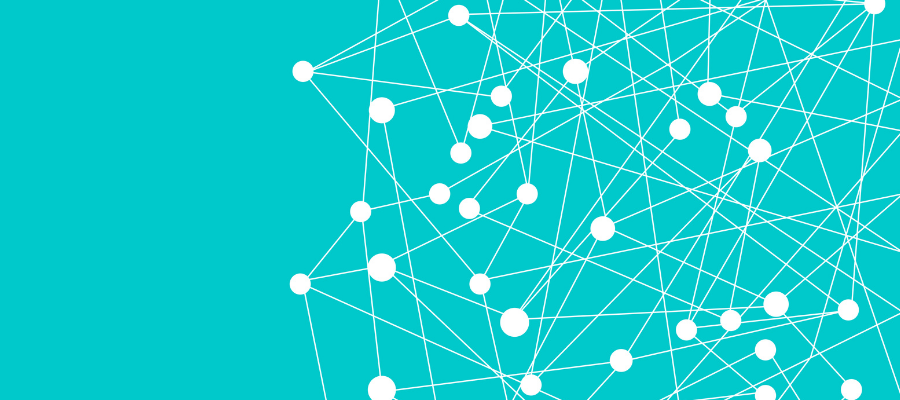
In our world of unprecedented change and innovation, the future belongs to the “dot connectors” – those unique souls who are able to see patterns, make connections and sense trends and shifts that no one else is even aware of.
Visual thinking tools, such as mind mapping software and note-based visual collaboration tools, give dot connectors six powerful advantages:
They enable free-form, frictionless brainstorming: Whether you’re thinking alone or acting as a scribe for a small group brainstorming session, visual thinking tools enable you to quickly capture large numbers of ideas, quickly. You can do a “quick and dirty” brain dump – fast – and worry about arranging and evaluating your ideas later.
They enable you to play “what if” with ideas and information: Visual thinking tools treat each bit of information on the screen as objects that can be arranged and rearranged at will – like mental Lego blocks. This enables you to play “what if” with them, experimenting with different patterns and arrangements.
Why is this important?
Because moving a topic to a new home changes its context. Doing so places it in close proximity to a new constellation of topics, which can reveal patterns that weren’t previously visible. Often, these new relationships can lead you to fresh insights and ideas.
They amp up your serendipity: Closely related to rearranging ideas is the concept of serendipity, a key approach for developing creative solutions. According to this line of thinking, there are very few truly “new to the world” creative ideas. Many innovations are the result of clever new combinations of existing concepts.
To make serendipity work for you, you need to create more random combinations. By enabling you to move your idea “nuggets” around on a visual canvas with almost complete freedom, you can increase the odds of this happening. You can also add random words to the mix to see what ideas they inspire. It’s an excellent way to broaden your base of potential solutions to your creative challenge.
They help you to uncover “weak signals” that no one else is aware of: Many trends and unexpected developments have been, in retrospect, predictable. Why didn’t we pay attention to them? Because in most cases, they started out as “weak signals” – new developments, movements or trends that were so miniscule that we didn’t take them seriously. Or we couldn’t envision what they could become.
Visual thinking tools give you a powerful, flexible canvas on which to explore potential future scenarios like these:
- What if a major technical hurdle that’s holding back adoption of a new technology was suddenly overcome? What could that new development look like? What would it make possible?
- What if an existing technology quickly became 10x more efficient and 10x less expensive to employ? How would that alter the dynamics of the industries where it’s used? A case in point: I just read about government funding and private investment in the U.S. that has enabled researchers to vastly increase the energy efficiency of batteries for EVs. It’s now nearly equal to the efficiency of internal combustion engines in automobiles, a feat that was thought to be unreachable just a few years ago.
This type of visual spitballing can take the form of “if-then” statements. If this breakthrough happens, it would make A, B and C possible. That, in turn, could cause these secondary effects and new opportunities.
An infinite canvas gives you more room to think: Unlike whiteboards, visual thinking tools give you an infinite canvas to explore and think about ideas and connections. These tools are also so sophisticated that they give you a variety of ways to look at your information and ideas, including:
- Filtered views, which help you zero in on specific segments of the information you’ve mapped onto the canvas
- Expandable/collapsible segments, so you can control the volume of information you’re viewing at any given time
- Kanban, outline, GANTT and other views that can help reveal new relationships, connections and opportunities that weren’t previously visible
Once you’ve laid out these potential scenarios, you can turn your attention to what you’re going to do about them. You can ask yourself questions like these:
- What moves can we make now to reduce any future exposure to negative impacts if these potential developments come to pass?
- What if we were proactive and invested in solving these technical hurdles first? What could a first-mover advantage look like?
Present a compelling vision of the future: In addition, laying out these scenarios visually gives you a powerful platform to present them to your company’s senior management, your clients or other groups of people whom you serve. It literally enables them to “see” your thinking and how it led you to your conclusions. That’s much easier to do in this medium than with a PowerPoint deck!
As you can see, connecting the dots can open up some truly exciting possibilities for you and your organization. Why not give it a try today?

Leave a Reply